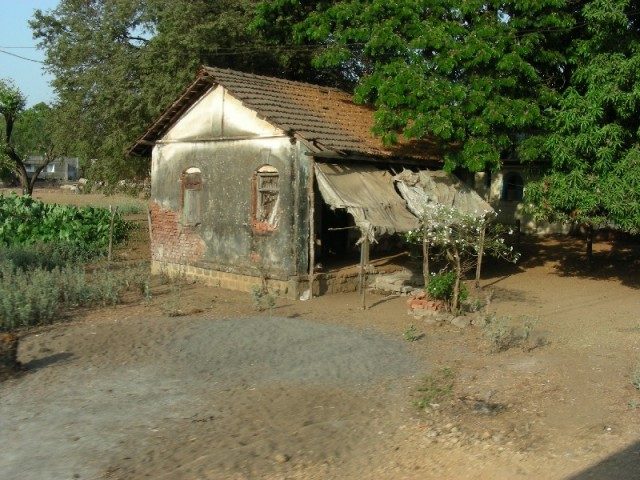Final leg of “Power for All” launched
Targeting total household electrification by end of 2018 would need significant acceleration in the current pace of project implementation.
Another acronym-centric power sector-related scheme “SAUBHAGYA” was introduced recently, adding to its predecessors—UJALA, UDAY etc. The latest scheme “Pradhan Mantri Sahaj Bijli Har Ghar Yojana” seeks to ensure electrification of all urban and rural households by December 31, 2018. Thus, the celebrated “Power for All by 2012” scheme of the then UPA regime will now see its culmination.
Electricity to every household should be the ultimate objective of the government. On paper, there is much achieved when it comes to rural electrification under the ongoing Deen Dayal Upadhyaya Gram Jyoti Yojana (DDUGJY) that was known as the Rajiv Gandhi Grameen Vidyutikaran Yojana (RGGVY) under the former UPA regime. If we consider that today even if rural electrification is claimed to be 99.5 per cent, there are still 4 crore households out of an estimated total of 17 crore that do not have an electric connection. This means that the extent of non-electrification at the household level is still a significant 23 per cent.
Villages versus households
By definition, a village is said to be electrified if at least 10 per cent of the households have an electricity connection. Besides, government-owned infrastructure like schools, offices, hospitals, etc should have an electric connection, for a village to be deemed electrified.
It may be recalled that in his Independence Day address of 2015, the Prime Minister had announced that all the remaining 18,452 non-electrified villages then would be electrified within 1,000 days, which is by around May 2018. It is understood that out of these 3,000 villages remain to be electrified as of today. It was a logical progression to target household electrification following village electrification.
By end of 2018, one can expect all households, both rural and urban, to have an electric connection. Of course, these households should satisfy two conditions—they should be willing to have an electric connection installed, and two, they should be located within reasonable grid limits. For those households where a grid-fed connection is not feasible, the government will provide solar power packs of 200-300W with battery banks. Households will be equipped with basic electric fittings—five LED lamps, one direct current (DC) fan and one DC power outlet. The government has clarified that in some cases, electricity connections may be provided free of cost but under no circumstances will electricity be supplied free of cost.
The country faces the ignominy of having over a fifth of its total number of households without electricity, even after seventy years of Independence. Complete household electrification will therefore define a new paradigm. For electrical contractors and low-voltage equipment suppliers, Saubhagya spells a big business opportunity. The nationwide project will also boost the consumption of solar power packs, LEDs, etc.
Massive outlay
The total outlay for “Saubhagya” is a massive Rs.16,320 crore that will be financed by gross budgetary support to the extent of 75 per cent. Of the total outlay, allocation to the rural sector is 86 per cent. With respect to financing, there will be government grant to the extent of 60 per cent of the total. State governments (utilities) are expected to fund 10 per cent of the total outlay, while the remaining 30 per cent would be raised through banks and other lending agencies.
How difficult
The biggest question now is whether electrification of around 4 crore (40 million) households will be possible by December 31, 2018, which is to say within the next 15 months. The pace of electrification, needless to say, will have to be accelerated significantly. For a frame of reference, 1.6 million households were provided electricity connections during the first five months (April to August) of 2017-18. For total national electrification to be achieved, this rate needs to be stepped up by around ten times.
Three states
According to official government statistics, Uttar Pradesh, Madhya Pradesh and Bihar have the worst levels of household electrification. In Bihar, only 47.4 per cent of households are electrified while in Uttar Pradesh and Madhya Pradesh, the respective levels are 51.5 per cent and 60.5 per cent. However, these states are all highly populated which is why these percentages translate to very high absolute levels. It is appalling to observe that just these three states account for nearly two-thirds of the total number of non-electrified households in the country.
Impact on idle capacity
Assuming that national household electrification takes place as planned, there would be an additional electricity consumption of an estimated 80,000 million kwh per year. This corresponds to electricity generation from 28,000 MW of capacity. An estimated 33,000 mw of power generation capacity is currently locked up due to the absence of power purchase agreements (PPA). If Saubhagya comes through, much of this stranded power generation capacity can be rekindled.
Photo credit: www.trekearth.com
(This article’s author, Venugopal Pillai, is Editor, T&D India. Views expressed here are personal. The author may be contacted on venugopal.pillai@tndindia.com)






